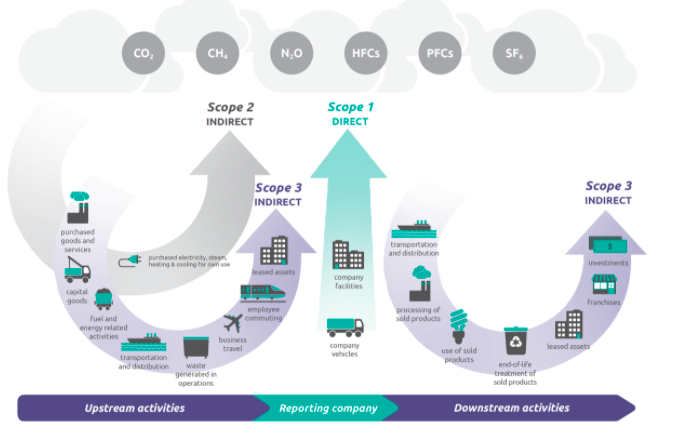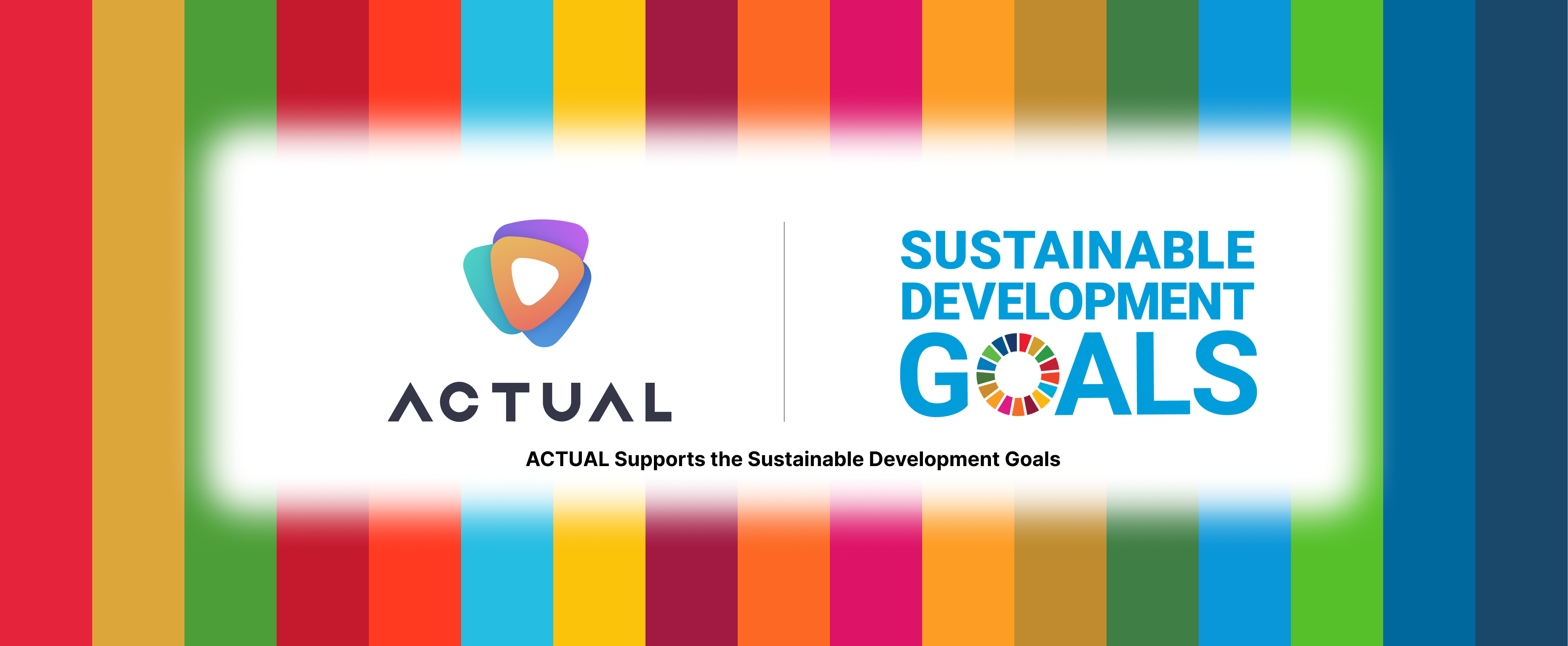05 Nov 2021
Nearly 90% of global emissions are covered by a Net Zero mandate. Scope 3 means your enterprise must address all emissions.


With the latest pledges at the UN's COP26 climate conference, including India's commitment to reach net-zero by 2070, 87% of global emissions are now covered by a net-zero mandate representing nearly 90% of current global GDP. As a direct consequence, businesses need to consider the emissions beyond their own internal processes. To keep up with investor, client and vendor demand, enterprises must begin to reduce the environmental impact of their inputs and outputs that flow through the vast, complex machine that is their global supply chain. As investors and regulators increasingly link the cost of capital to accountability for environmental and social impacts, forward-looking leaders need to transform their enterprise’s operation and bottom line from the ground up. Even if ESG is not etched into the mission of your organization right now, as industry is driven by investor, regulatory, and public pressure to lower climate-based risk, it’s inevitable that a customer will cover your operation with a net zero mandate.
In the EU, a host of new policies under the Fit for 55 European Green Deal package require companies to take a broad view of their carbon impact. The expansion of the EU’s current carbon trading framework (Emissions Trading Scheme, or ETS) includes a carbon border adjustment mechanism (CBAM) that accounts for up- and downstream carbon emissions for a select number of products imported into the EU. For now, this policy targets a few specific, carbon-heavy industries at first—cement, fertilizers, iron and steel, aluminum, and electricity—but it will eventually cover all imports into the EU, at great cost to any enterprise doing business there.
In the US, extended producer responsibility laws and indirect source rules are also changing how businesses measure and mitigate their environmental impact. SEC mandates will move sustainability from the realm of marketing and PR into risk and finance. The eventual policy goal of these regulations is that any business will need to look holistically at their operation, and all the touchpoints along their supply chain to prioritize vendors and partners with net-zero emissions.
Building a comprehensive, multi-decade multi-billion dollar plan to transform your company’s operations to come into compliance with net-zero mandates is daunting. Three key steps can overcome this challenge:
Build a directionally accurate roadmap for your ESG and net-zero transformation
Take action quickly, starting fast and using wins to build internal momentum and generate processes and best-practices for net-zero transformation
Learn from outcomes, refining your roadmap based on real-world results
New emissions standards require a holistic approach

Image Source: Greenhouse Gas Protocol
Despite growing investor demand and regulatory pressure for companies to take action and meet concrete sustainability targets, there’s a significant gap between making a net-zero pledge and taking action and meeting your goals. It's easy to fall victim to analysis paralysis.
To get past analysis paralysis, companies first need to look to their supply chain to assess where mitigations can be implemented. The widely-adopted international Greenhouse Gas (GHG) Protocol categorizes carbon emissions into three scopes to assess an enterprise’s carbon impact.
Scope 1 covers direct emissions from controlled sources, like pollution from production facilities or emissions from an enterprise’s owned distribution fleets. Scope 2 covers indirect emissions from the generation of purchased energy for power, heating and cooling. Both of these are easier to identify, and can be mitigated by, for example, switching to renewable energy sources or more efficient equipment for heating and cooling, electrifying company vehicles, and implementing technologies to capture emissions.
Scope 3 encompasses all other indirect emissions produced by vendors and partners both upstream and downstream in a company’s supply chain. Upstream examples include emissions tied to raw materials for production, employee commuting, waste disposal, business travel, and any purchased or leased goods and services. Looking downstream, Scope 3 also includes transportation and distribution, and use and end-of-life treatment of sold products. Scope 3 emissions can account for 65% to 95% of a company’s total carbon impact.
Actual Makes ESG Action Possible
Investors and regulators alike seek understanding of the risks companies face from climate change and more stringent emissions policies. Companies that are serious about meeting their ESG commitments need a holistic plan for curbing emissions: tackling the Scope 1 and 2 emissions under their direct control, and decisively making changes throughout their supply chain to address Scope 3. In terms of the global corporate push to net zero, this means that large and small companies alike must reduce their carbon footprint to remain competitive as net zero mandates ripple through the global supply chain.
Actual gives your company the tools to generate an emissions action plan, taking your operation from ESG goals to reality quickly. Build a living, interactive plan that flows in the same direction as your product, tracing a parallel path up and down the supply chain to track your ESG outcomes, and giving you the space to refine and iterate based on real-world results. Actual’s Impact Platform gathers your ESG requirements, goals, benchmarks, and data in one place, creating a visual system of record that allows for easy reporting to internal and external stakeholders and regulators. Contact us to turn your ESG goals into reality.
Copywriting by Danica Sachs, a writer and editor based in San Francisco.
Illustration by Stefan Gustafsson of Stefangus Design.
More recent blog posts
28 Sep 2023

ACTUAL Brings Sustainability Transformation Platform to United Nations Global Compact

Dr. Karthik Balakrishnan
+2 more
ACTUAL joins largest corporate sustainability initiative in the world to contribute to the development, implementation and disclosure of responsible business...
19 Dec 2022

Turning over a New Leaf: How FEMA is Addressing Gaps in Tribal Nations’ Disaster Preparedness Planning

Genevieve Olsen
In the wake of increasingly frequent and powerful natural disasters, many Native American tribes and organizations have been vocal about...
19 Dec 2022

To Reach Net-Zero, We Need to Talk About the Maritime Industry

Genevieve Olsen
When we think about reducing GHG emissions, we often think of what’s on land or in the air. But what...